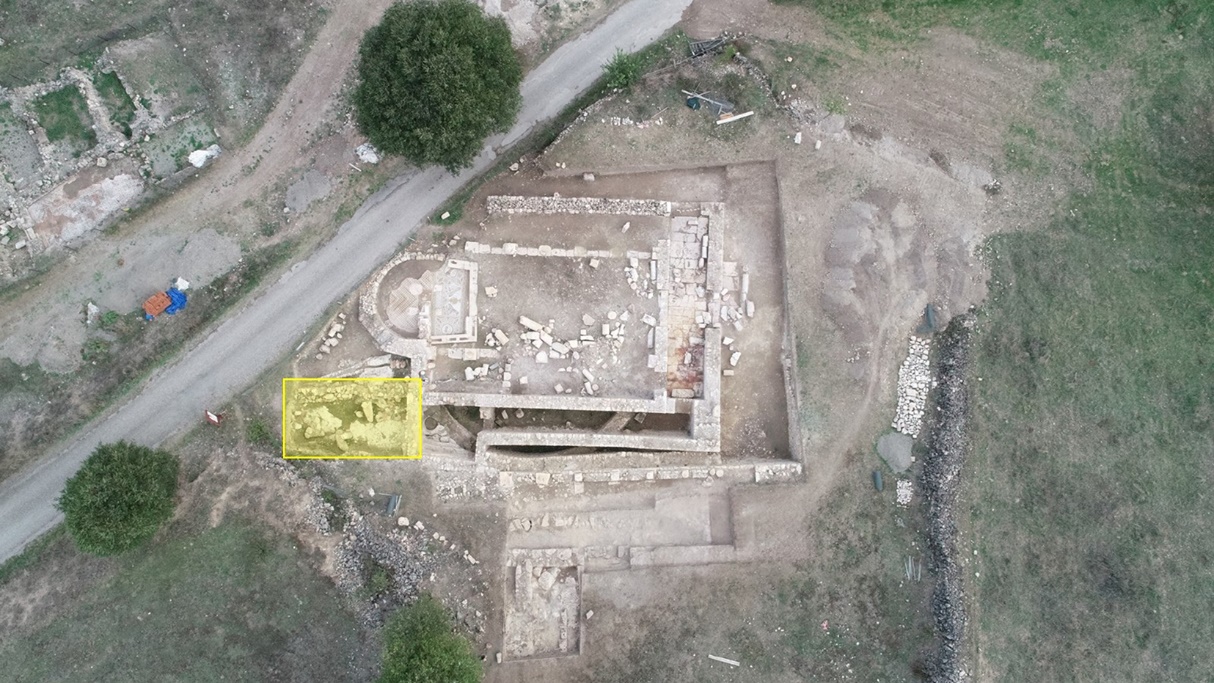Фрагменты оконных стекол из северо-западной погребальной церкви пафлагонского Адрианополя
Windowpanes fragments from the Northwest Necropolis Church of Paphlagonian Hadrianopolis
JOURNAL: Materials in Archaeology, History and Ethnography of Tauria, 2024, Volume XXIХ
Publication text (PDF): Download
AUTHORS:
Çelikbaş Ersin, Karabük University, Faculty of Letter, Archaeology Department
Gündüz Buket, Karabük University, Institute of Social Sciences
TYPE: Article
DOI: https://doi.org/10.29039/2413-189X.2024.29.85-95
PAGES: from 85 to 95
STATUS: Published
LANGUAGE: English
KEYWORDS: Paphlagonia, Hadrianopolis, Frame, Glass, Windowpane, Shellac
ACKNOWLEDGMENTS:
ABSTRACT (ENGLISH): The Northwest Necropolis Church in Hadrianopolis, one of the cities of the Paphlagonia, is located southwest of the central area, 20 m northwest of the Bath B. Started 2017, excavations at the Northwest Necropolis Church were completed in 2021. The south and apse wall of the church came today at the foundation level, while the north and west came today at a height ranging between 1 m and 2 m. It is understood that the walls of the building were heavily damaged because of agricultural activities. Due to the extensive destruction of the body wall, no trace of the location, dimensions and position of the windows could be found. The only data about the windows are fargments of the windowpanes discovered during the excavations. Fragments of the windowpanes were unearthed in large quantities. The edges of some of the windowpanes were examined to get ideas about the frame. In addition, the paste residues that came today on the edges of some fragments were analyzed in lab to determine the ingredients. In this study, in the light of all datas, how the illumination in the Northwest Necropolis Church could have been, the technique with which the windowpanes were made, how many windows openings could be in which direction, in interpretation of the analysis results and the color scale were mentioned.
Hadrianopolis is located 3 km west of Eskipazar District of Karabük Province, within a valley formed by the Eskipazar Stream. The city has a radius of approximately 10 km and covers the villages of Beytarla, Çaylı, Büyükyayalar, Budaklar, Kabaarmut, Dereismail and the neighborhoods of Hacamatlar and Bahçepınar (Fig. 1). The remains seen on the surface and the structures uncovered by excavations are concentrated in the Hacamatlar neighborhood [9, p. 364; 4, p. 75; 10, p. 39; 11, p. 661; 5, p. 645]. The Northwest Necropolis Church is located 300 m west of the Eskipazar Stream at the foot of a high cliff where rock graves are dense. In 2007, an excavation was carried out by the excavation scientific team to understand the function of the building and the apse and a part of the mosaic pavement decorating the floor of the apse were discovered. The remains of the building were named “Building with Apse” by the excavation team of that period [14, p. 31]. In 2014, archaeo-georadar scans were carried out at important points of the city. The Northwest Necropolis Church, which is one of the scanned points, was found to be a basilical planned church structure as a result of archaeo-georadar studies. Excavations were resumed in the structure in 2017 and excavations continue today.
As a result of the excavations; it was found that the structure, most of which was uncovered, coincided with the archaeo-georadar results; and it was named as the Northwest Necropolis Church by the excavation committee due to the fact that it was the third church in the city and its location within the city [4, p. 75].
The church has a major change about 100 years after it was built; and the excavations revealed that the church has a stratigraphy consisting of four layers (Fig. 2). The stratigraphy and architectural details indicate that the first construction phase of the church was between the 4th–5th century AD and that it was destroyed by an earthquake or fire [3, p. 14–15]. In 2019, a large amount of glass was found in the northeast of the church, in the part of the body wall facing the outside. The majority of these fragments are of poor quality and are thought to be production residues. The fact that glass fragments similar to production residues were found intensively in a small area raises the question of whether there was a glass workshop belonging to a later phase in the northeast corner of the church.
It is known that during the scientific studies carried out in the church of the Northwest Necropolis of Hadrianopolis, finds consisting of different materials were encountered and many glass fragments were found. These include fragments of vessels characterized as tableware, unguentariums thought to be cream, fragrance or ritual vessels, beads and ring stones with certain meanings and glass fragments, which is the main subject of this article. In the northeast of the church, in the outward-facing part of the body wall of the building, glass fragments were found (Fig. 3). However, considering the proximity of this spot to the bema and apse area, it is thought that there might have been production here after the church lost its function. It is thought that there are two reasons for the establishment of a production workshop in such an area. It may have been due to its functional location, or it may have been due to the predominance of belief elements such as the protection of religion and the utilization of its mystical power, which has been going on since antiquity. The abundance of waste glass fragments suggests that glass was melted and used. As is known, glass is a recyclable material. Therefore, air bubbles may be dense in recycled glass. In fact, it is known that when glass masters cannot reach the desired temperature, dense air bubbles are found in glass that is not fully melted.
Especially in the production of windowpanes, it may not have been necessary to melt the glass at high temperatures [6, p. 188]. Considering the high number of air bubbles in the glass recovered from the scientific excavations in the city and the church, it can be said that it may have been caused by second use or a mistake in production.
During the scientific studies conducted in the church in 2017–2021, a total of 37 trenches were excavated. Fragments of windowpanes were found in almost all of the trenches (Fig. 4–5). It is highly probable that the points where the glasses were found intensively were close to the window of the building. When the windowpanes are analyzed in detail, it is seen that some of them are in the form of fragments, some of them are flat and have rounded edges at one end. It is thought that the rounded ends of these windowpanes were formed by taking the shape of the frame in which they were cast [12, p. 363], or they were rounded with the help of heat and tools, or they were placed inside the plaster and stone window frame seen in Middle Byzantine glazing (Fig. 6) [2, p. 152–153]. Cylinder blowing technique was identified in the production of the windowpanes found in the church (Fig. 7). The thickness of the glass produced in this technique was measured between 2–4 mm. It is known that the air bubbles in the glass produced in the cylinder blowing technique are elliptical or spindle-shaped due to the blowing. The remains of paste on the windowpanes found in the church indicate that the panes were fastened to the frame with the help of paste [7, p. 15–101]. The different thicknesses of the glass must have resulted from the fact that thin glass was used to benefit from heat and light in the parts where the sun was intense, while thick glass was used to prevent light and heat loss in places where the sun was not seen.
Although the excavations yielded many fragments of windowpanes; no trace of a window network was found. The fact that an intense fire was observed during the last phase of the building’s use may be considered as a factor in the absence of a windowpanes frame. The use of spolia in the wall uncovered during the scientific studies and the ancient sources indicate that the city was destroyed after an earthquake and quickly recovered [3, p. 81–82; 17, p. 231; 8, p. 97; 1, p. 65–66]. The reason why the frame of windowpanes were not uncovered during the excavations may be due to the fact that they were made of materials such as wood or mortar [16, p. 61–63; 15, p. 120], which are difficult to reach the present day.
Remains of paste and mortar (Fig. 8) were found on the windowpanes unearthed in the Northwest Necropolis Church, indicating that the glass was fixed to the window grid with putty. Archaeometric analyses were carried out on the putty in order to find out from which materials the putty residue seen on the windowpane was obtained. The presence of lime (CaCO3) as an inorganic substance was found in the powdered putty sample whose spectrum was taken with the Bruker brand Alpha model ATR FTIR device. However, there is only one peak which is thought to be gypsum (CaSO4). As an organic substance, a resin of animal origin, which may be “shellac”, was found to be used[1] (Fig. 9).
The shellac detected in the paste on the windowpanes is a thin, transparent, honey-colored resin of insect origin [13, p. 38–39]. Archaeometric studies have proven that the shellac on the windowpanes found in the church was not transparent and was obtained by mixing it with lime. The use of shellac was intended to better seal small cracks, to reduce the water absorption of lime particles, to ensure the longevity of the paste and to provide a glassy layer. Shellac is actually a resin that is not only used for insulation purposes; it is a resin that increases the durability and longevity of the materials used for insulation purposes [13, p. 39]. In addition, since it is a glassy layer, it also increases the water resistance of the places where it is used. The cold and rainy winters in the region where Hadrianopolis is located must have been the main factor that led to the use of shellac, which increases thermal insulation in buildings.
Scientific excavations in the church began in 2017 and were completed in 2021. In the light of the architectural datas obtained as a result of the completed excavations, the restitution studies of the church were started and the ideas about where the window openings in the building could be located were made by taking into account the Chora and Four Rivers Churches in the city, which have great similarities in terms of plan. Looking at the points and directions of the windows in the restitution work carried out in the Chora Church, it can be said that it was designed to benefit from both the heat and light of the sun by establishing a direct proportion with the sun. In order to benefit from heat and light due to climatic factors, the window openings should have been placed in the east (apse), the direction of sunrise, and in the west (entrance), the direction of sunset. The north and south naves of the building are separated by five columns. Five windows on the outer body walls of the naves separated by columns, based on the buildings with similar plans, would be sufficient for the lighting of the church. It is more likely that the windows were brought between the load-bearing architectural elements in order not to interrupt the light. The large diameters of the columns found in the naos and naves confirm that the church may have had galleries. For this reason, the windows in the upper part are likely to be smaller than the windows in the naves. The main entrance of the church is through a wide opening in the west. In addition to the main entrance, there is a smaller entrance opening in the southwest corner of the building compared to the main entrance. In order to keep the entrances bright, small openings must have been left above the doors and windows must have been placed. The windows are not only used for lighting, but also for the spiritual atmosphere of the church. The permeability of this transparent material allows the sunlight to be reflected in the church in whatever color the glass is. In fact, the aim here is to create a mystical [19, p. 66–67] atmosphere in the church.
Conclusion
From antiquity to the present day, windows have been the most important means of lighting and heating spaces with sunlight. Almost all of the building remains unearthed during excavations in ancient cities or existing on the surface have survived to the present day at a lower height than the window level. In the buildings that have survived at the window level, very few of them have survived to the present day due to the organic materials used in the windows such as wood, terracotta and the fragile structure of the glass. As a result of the comparisons made with similar examples in the plan of the Northwest Necropolis Church and the evaluation of the possible points that should have been windows by looking at the position of the church to the sun, comments can be made about the windows of the Northwest Necropolis Church. There is also information about the location and number of windowpanes in ancient sources[2]. No scientific publication on the remains of ancient window frames has been found in the literature. Recent articles on the windowpanes discovered at Hendek Castle [19, p. 66–76] and Pompeipolis [18, p. 252–253] do not mention the subject of frames. Due to the lack of information on window frame in the literature, it is very difficult to obtain clear information on how or with which material the windowpanes were attached.
The main subject of this study is the evaluation of the excavated windowpanes in the light of the data recovered in order to understand the construction techniques, the production phase and how they were attached to the frames. Some of the windowpanes recovered during the excavation were found to contain paste residues and archaeometric analyses were carried out on samples taken from the paste. As a result of the archaeometric studies, it was revealed that an insect resin called “shellac” was used in the paste. In addition to being used as a binder, this resin must have been intended to increase the strength of the window, ensure its longevity, strengthen the insulation and increase the resistance of the windowpanes against water. The visible traces on the windowpanes indicate that they were made by casting and cylinder blowing techniques. It was observed that one surface of the window panes made with the casting technique is smooth and the other surface is rough due to the casting. In the photographs taken with a microscope from the windowpanes made by the cylinder blowing technique, the air bubbles formed in the glasses are elliptical and splayed, which is a feature caused by the production technique. Fragments of windowpanes are dated to the 5th–6th centuries AD in the light of the contextual finds of the layer they were recovered from. In addition, with the help of scientific publications on the glass recovered from Hadrianopolis in previous years and by comparing the fragments of windowpanes samples, it is understood that green and blue-green colors were intensely seen in the 5th–6th centuries AD. It is known that scientific publications on ancient glass are insufficient. Most of the scientific publications on glass in our country have not gone beyond catalog studies. It is important to date and evaluate all glass vessels or fragments unearthed during excavations with the help of contextual artifacts and to conduct archaeometric analyses. The fact that many of the glass finds that come to museums are not known where and how they were obtained makes it impossible to fully understand the glass finds. It is possible to fill this gap with glass finds unearthed during scientific excavations. When evaluated regionally, the glass finds unearthed in the excavations of Hadrianopolis of Paphlagonia and transformed into scientific publications will undoubtedly contribute to the understanding of glass technologies in the city and the region.
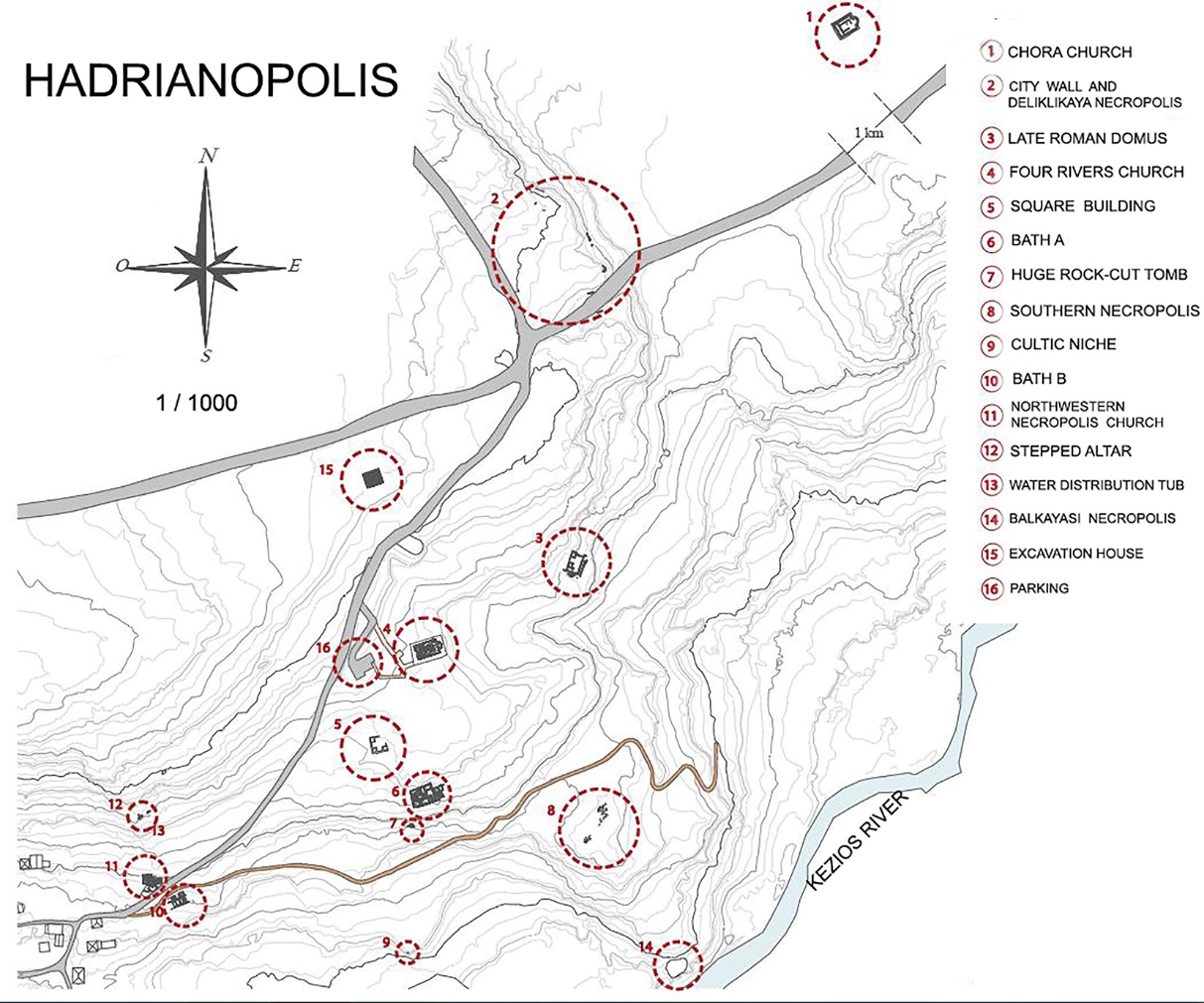
Fig. 1. City plan of Hadrianopolis (Hadrianopolis Archive)

Fig. 2. The Stratigraphy of Northwest Necropolis Church (Hadrianopolis Archive)
Fig. 3. Possible glass workshop of The Northwest Necropolis Church (Hadrianopolis Archive)
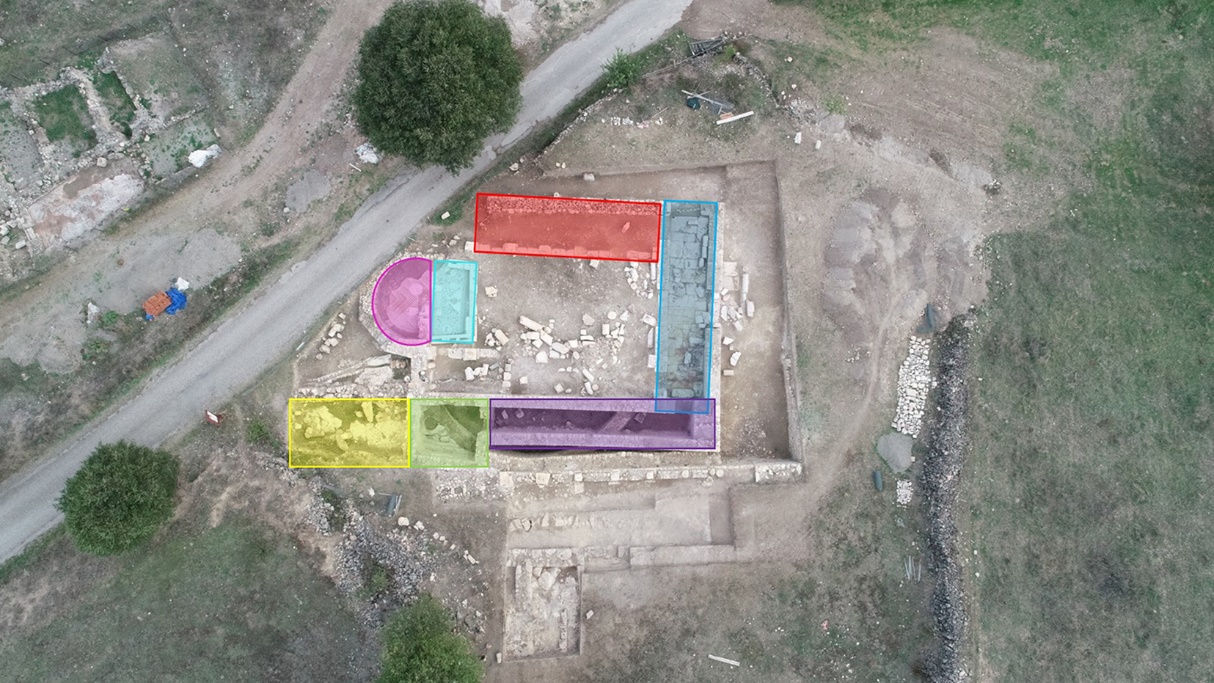
Fig. 4. Trenches with dense fragments of windowpanes (Hadrianopolis Archive)
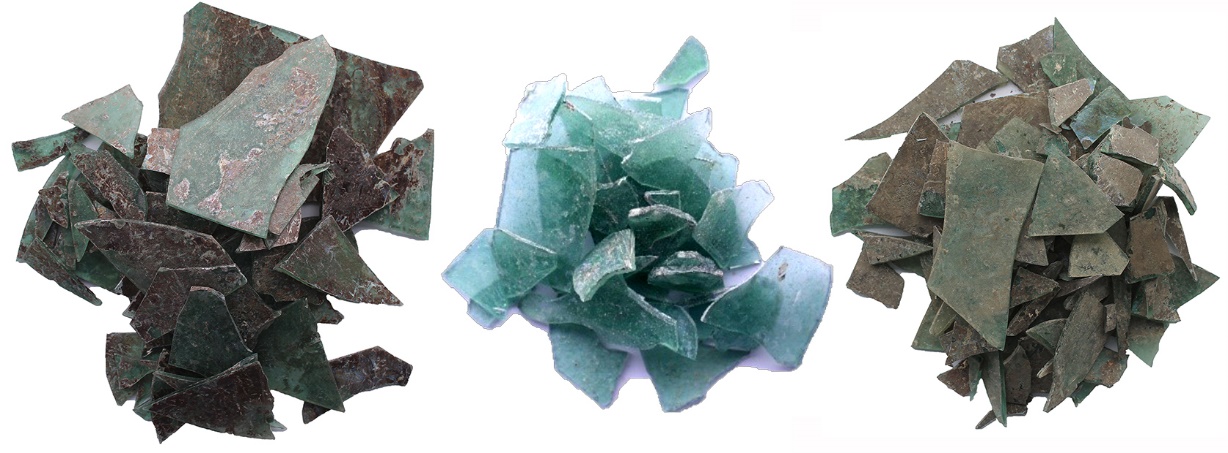
Fig. 5. The Fragments of windowpanes from The Northwest Necropolis Church (Hadrianopolis Archive)
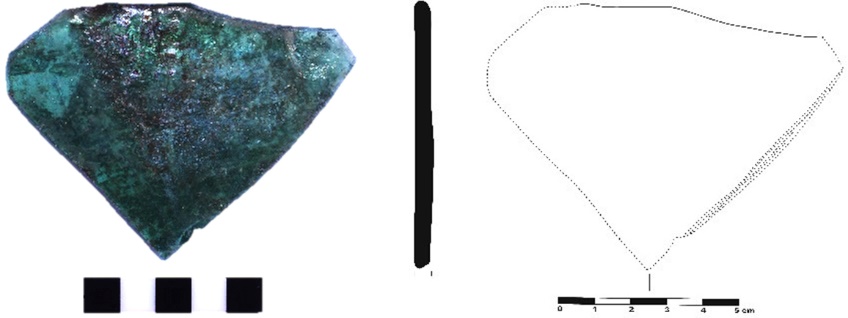
Fig. 6. The fragment of windowpane one rounded end made by casting production technique (Hadrianopolis Archive)
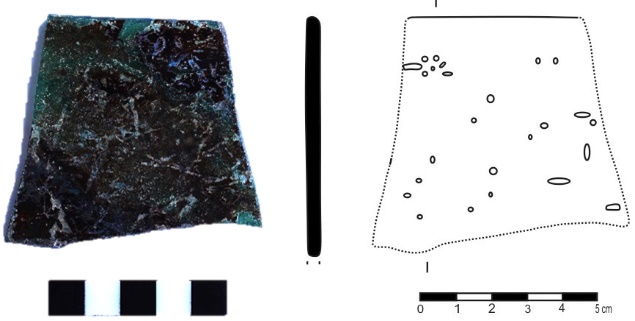
Fig. 7. A fragment of widowpanes made by Cylinder blowing technique (Hadrianopolis Archive)
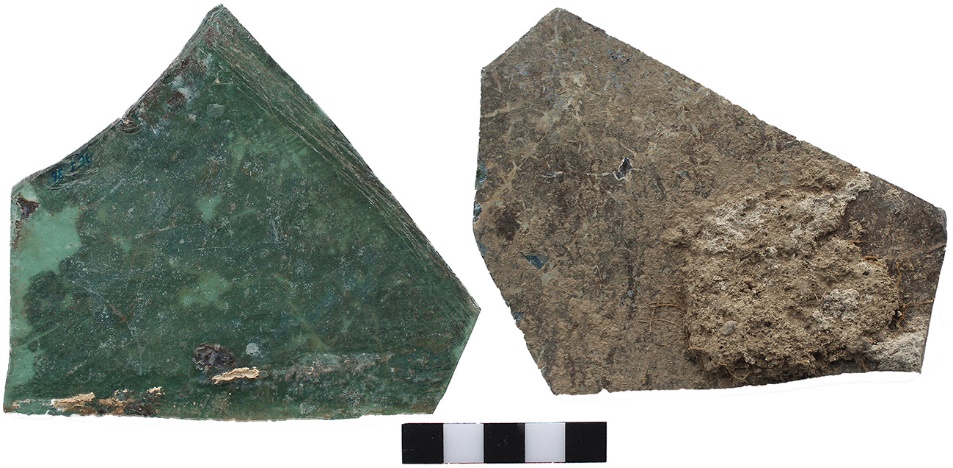
Fig. 8. Fragments of windowpanes with paste and mortar (Hadrianopolis Archive)
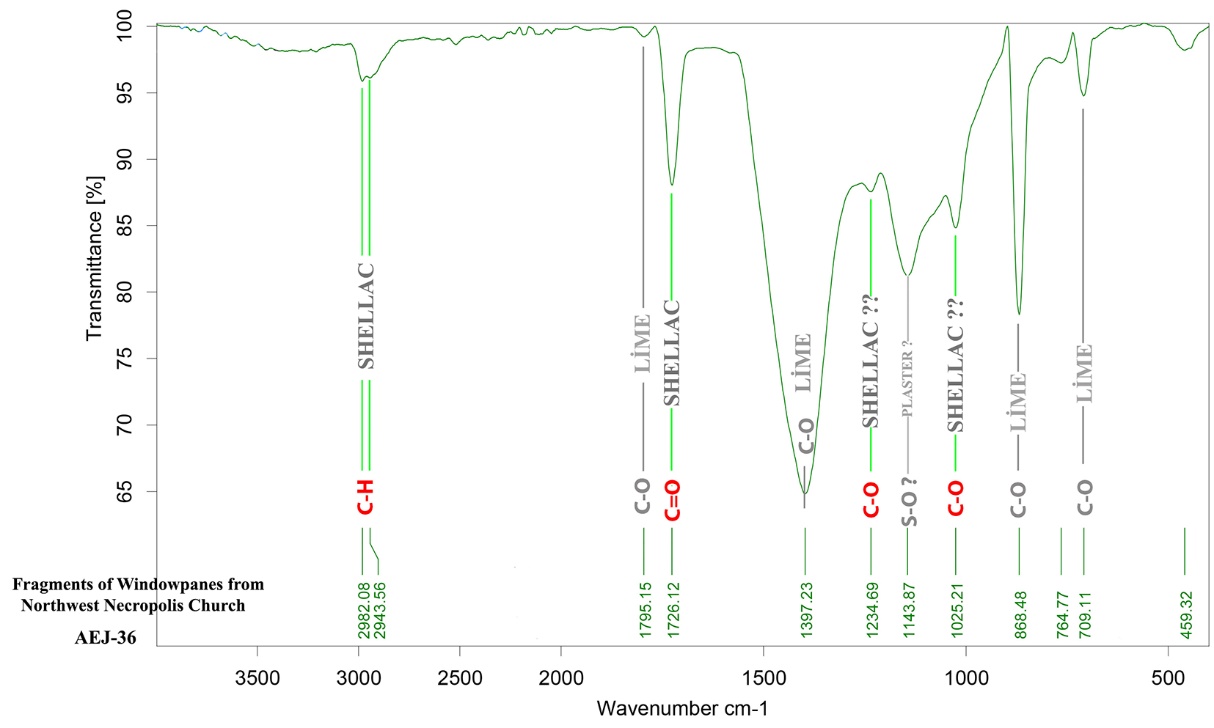
Fig. 9. Analysis Graphic of Paste
REFERENCES
- Belke K. Paphlogonien und Honorias. Wien, Verlag des Österreichische Akademie der Wissenschaften, 1996. (Tabula Imperii Byzantini. Bd. 9).
- Çakmakçi Z. Kuşadası Kadıkalesi/Anaia Kazılarından Ortaçağ Bizans Camcılığına Yeni Bir Grup: Cam Unguentariumlar. Kaunos/Kbid Toplantıları II Anadolu Antik Cam Araştırmaları Sempozyumu. Cilt 1. Edi. Çiğdem Gençler Güray, Şükrü Devrez. Ankara, 2013, pp. 151–164.
- Çelikbaş E., Verim E. Hadrianopolis Kuzeybatı Nekropol Kilisesinin (Kilise C) Bema ve Apsis Mozaikleri. Journal Of Mosaic Research, 2021, Sayı 14, pp. 80–82.
- Çelikbaş E. Hadrianopolis Kilise C Yapısında Ele Geçen İki Adet Yün Tarağı Üzerine Değerlendirme. TÜBA-KED. Türkiye Bilimler Akademisi Kültür Envanteri Dergisi, 2019, Sayı 20, pp. 75–77.
- Çelikbaş E., Keleş V., Ergürer E. Hadrianoupolis 2016 Yılı Çalışmaları. 39.Kazı Sonuçları Toplantısı, Ankara, 2017, Cilt 3, pp. 645–654.
- Demir E.Ç. Antik Çağda Camda Perge Konut Alanı “A” Evi Cam Eserleri Kataloğu. (İstanbul Üniversitesi Sosyal Bilimler Enstitüsü Klasik Arkeloji Bilim Dalı Yayınlanmış Yüksek Lisans Tezi). İstanbul, 1999
- Fünfschilling S., Laflı E. Hadrianopolis II: Glasfunde des 6. und 7. Jhs. aus Hadrianupolis, Paphlagonien (Türkei). Rahden/Vestfalya, Verlag Marie Leidorf, 2012. (Internationale Archäologie 123).
- Hoepfner W. Herakleia Pontike – Ereğli: Eine baugeschichtliche Untersuchung. Graz, Wien, Köln, Verlag des Österreichische Akademie der Wissenschaften, 1966.
- Keleş V., Çelikbaş E. Paphlagonia Hadrianoupolis’inde Bulunmuş Kapı Temalı Mezar Steli. Turkish Studies, 2013, Sayı 8, no. 6, pp. 363–376.
- Keleş V., Çelikbaş E., Yılmaz A. Hadrianoupolis 2010 Yılı Çalışmaları (İlk Sezon). 33.Kazı Sonuçları Toplantısı, Ankara, 2011, Cilt 1, pp. 39–53.
- Keleş V., Kılavuz B.N., Çelikbaş E., Yılmaz A. Hadrianoupolis 2013 Yılı Çalışmaları. 36.Kazı Sonuçları Toplantısı, Ankara, 2015, Cilt 3, pp. 661–670
- Koçak E.A. Metropolis Aşağı Hamam Palaestra Yapısında pencere camları ve aydınlatma. Anadolu Medeniyetleri Müzesi 100 Yaşında, Cilt 1. Editörler Yusuf Kıraç, Umut Alagöz, Dr. Zehra Fürüzan Taşkıran, Asuman Alpagut. Ankara, T.C. Kültür Ve Turizm Bakanlığı, 2021, pp. 359–370.
- Kundul M. Endüstriyel seramikte alçı ve çamur şekillendirme yöntemleri. Istanbul, 2013.
- Laflı E., Christof E. Hadrianopolis I: Inschriften aus Paphlagonia. Oxford, 2012. (BAR International Series 2366).
- Olcay B.Y. Antalya’nın Demre (Kale) İlçesindeki Aziz Nikolaos Kilisesi Kazısı 1989-1995 Yılları Cam Buluntuları. Yayınlanmamış Doktora Tezi. Hacettepe Üniversitesi Sosyal Bilimler Enstitüsü, 1997.
- Olcay B.Y. Bizans Dönemi Pencere Camları ve Kullanım Biçimleri Üzerine Bazı Bulgular. Anadolu Üniversitesi, Edebiyat Fakültesi Dergisi II, Eskişehir, 2000.
- Schultze V. Altchristliche Städte und Landschaften. II. Kleinasien. Gütersloh, Verlag von C. Bertelsmann, 1922.
- Summerer L. Pompeipolis (Paflagonia) 2006 Yılı Çalışmaları. 29.Kazı Sonuçları Toplantısı. Ankara, 2007, Cilt 2, pp. 252–253.
- Taştemur E., Dinç M. Sebaste Antik Kenti Ve Çevresi Yüzey Araştırmalarında Ele geçen Cam Eserler. TÜBA-KED. Türkiye Bilimler Akademisi Kültür Envanteri Dergisi, 2018, Sayı 18, pp. 63–82.

